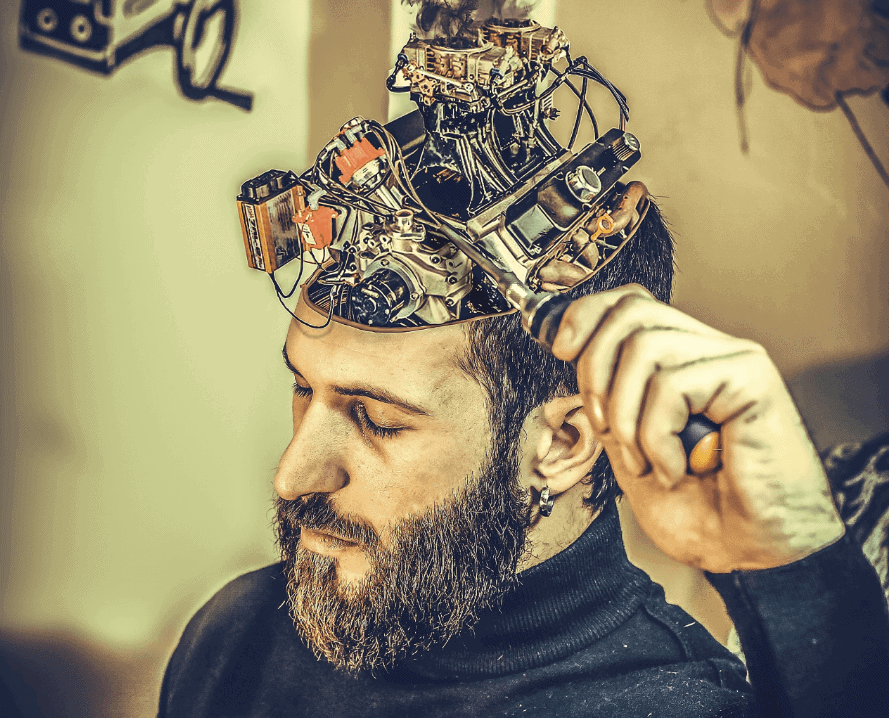
Half man/half machine
Cyborgs are a reality; living, breathing and walking among us. Think I’m joking? Just ask Elon Musk, who believes that in order to stay relevant (and avoid becoming “house cats” to AI) humans must enhance their capabilities through a “merger of biological intelligence and machine intelligence.”
As Babel’s Senior Content Writer, does this mean I should switch my slow, cumbersome hands for digital appendages which can type at lightening speed and think for themselves – or else risk replacement-by-robot?
Perhaps not (yet), but a quick delve into the topic of the modern cyborg reveals some fascinating advancements which have taken place.
At the wacky end of the cyborg scale we have Australian Meow-Ludo Disco Gamma Meow-Meow (real name), who embedded the chip from his Oval travel card into his hand, allowing him to tap in and out, card-free. Amazingly, this is not his first foray into self-chipping; he has two further implants, including one in his arm which he uses to store documents.
Proving that chips in arms can do more than aid your commute is a project at the University of Utah, in which a man had a chip implanted in his arm, allowing him to ‘feel’ for the first time since losing his hands in an accident. According to Wired, the chip communicates with a computer monitor, which displays a virtual hand controlled by the individual, who is also able to ‘feel’ the surface of whatever he touches via software and electrical connections to his brain.
In another instance of cyborgianism, Neil Harbisson demonstrates technology’s ability not only to replicate human senses, but to create experiences which exceed the parameters of what’s naturally possible. Harbisson was born unable to see colour, but instead of sailing through life in monochrome, the artist decided to implant an antenna in his head which allows him to ‘hear’ colours. The ‘eyeborg’ translates light frequencies into vibrations, which his brain interprets as sound. As well as the standard colour spectrum accessible to the average human, Harbisson is able to hear ultraviolet and infrared, transcending the constraints of human vision.
The artist has used technology to enhance both himself and his artistic work; so (hand replacement aside), would I be tempted to do something similar? We’ve been relying on technology for years now to aid content creation; the first computer spell checks, for instance, emerged in the 1970s and remain an essential tool today. More recently, we’ve seen an increasing number of news outlets leverage artificial intelligence to write reports and articles (The Washington Post), automate earnings coverage (Associated Press), and judge the veracity of news stories (Knowhere News).
Writing in a way which is entertaining, accessible and accurate, requires a human touch, which is lucky, because otherwise I’d almost definitely be out a job. ‘Good’ writing is that which forms and builds a relationship between writer and reader – whether that’s by making them laugh, making them curious or prompting an action. This necessitates a human insight which technology, so far at least, lacks.
Weird and wonderful or life-altering and enhancing, the amalgamation of man and machine is possible, and in evidence. I may bemoan AI’s encroachment into my writing space, but am happy to continue using spellcheck and am confident that (during my lifetime at least) I can remain 100% human, without fear of becoming a “house cat” to artificial intelligence.





